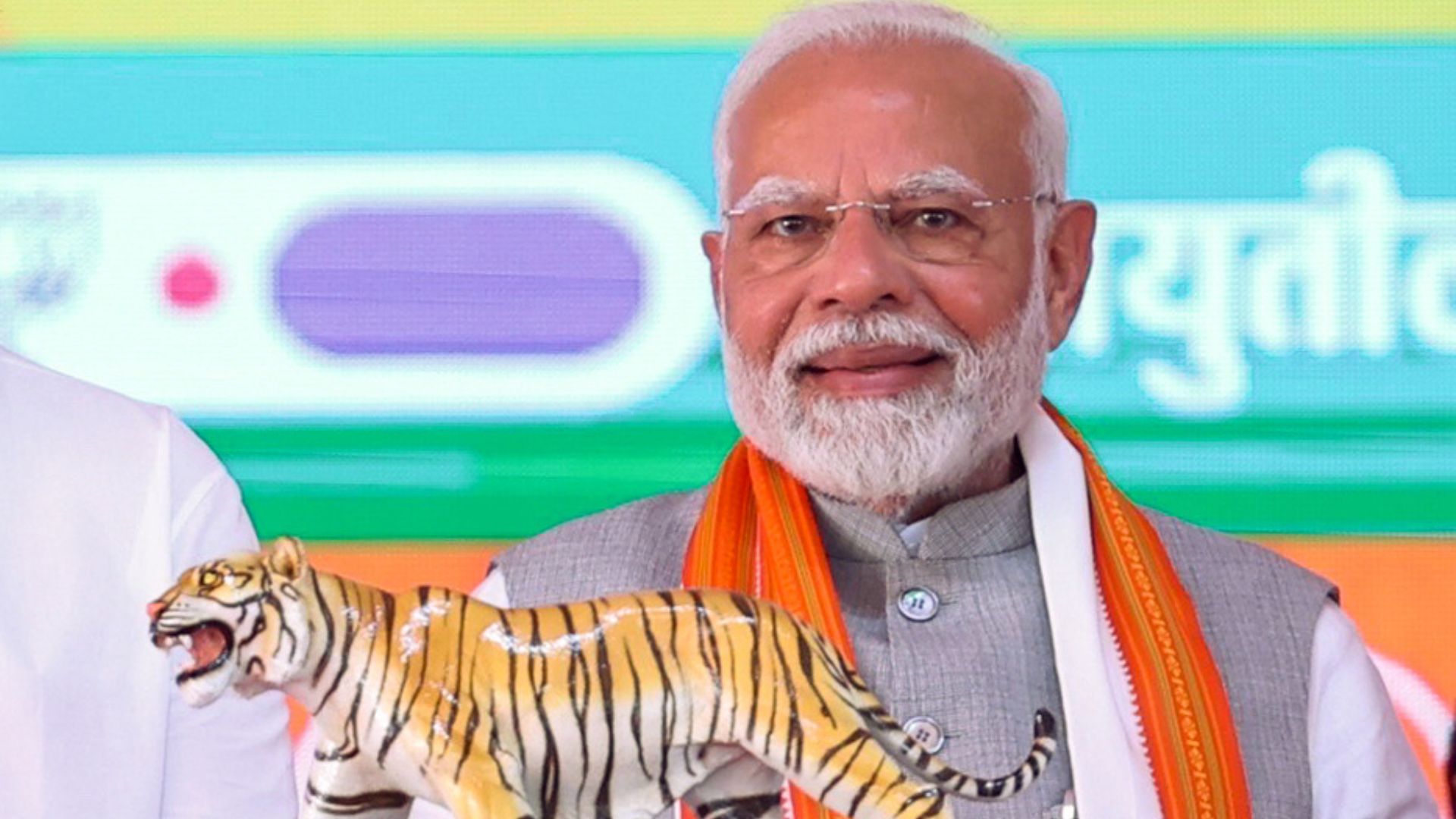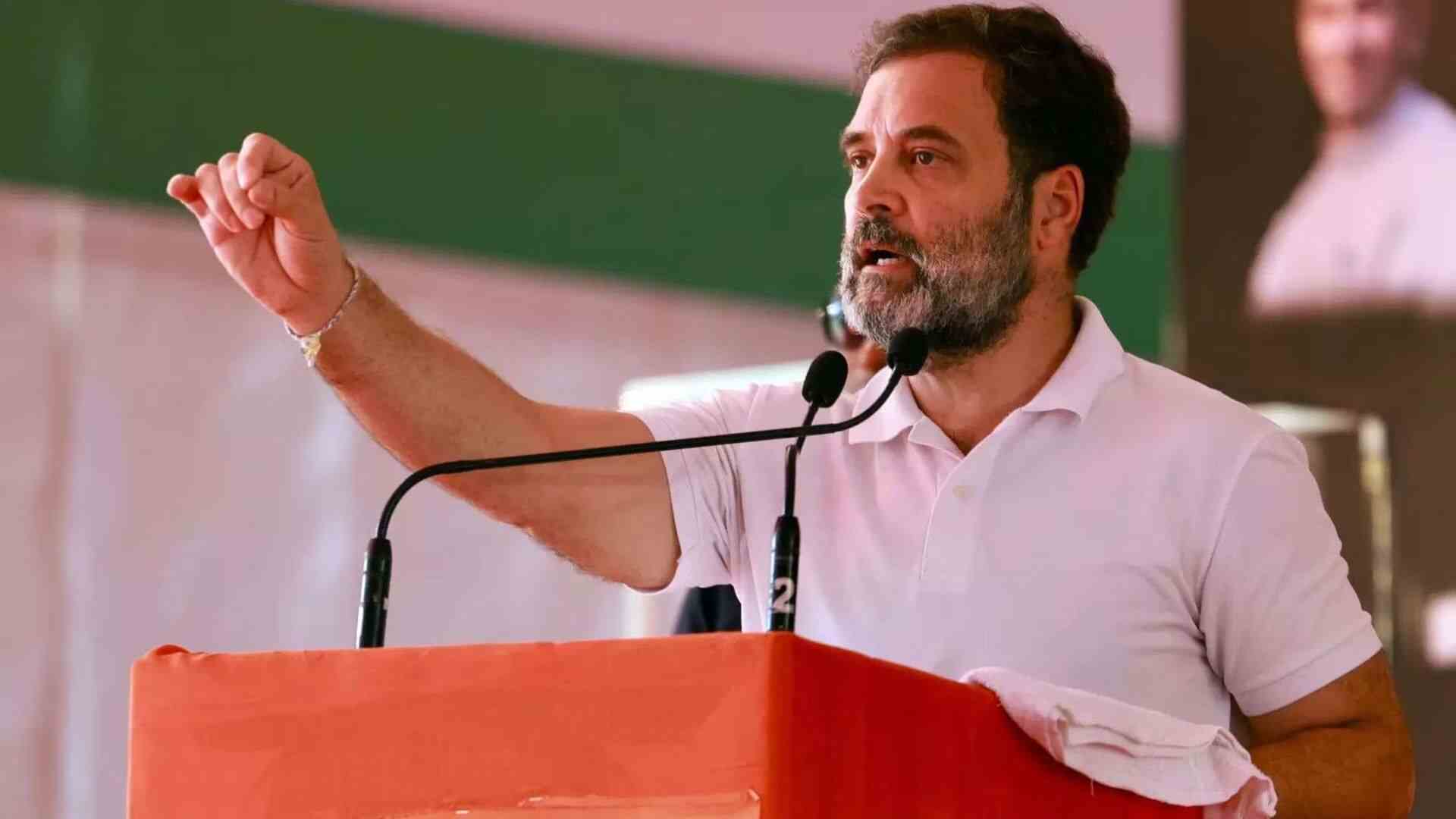
With COP 27 in Egypt just days away, the topic of climate has again come under the arc lights. In a span of seven years starting from COP 21 in 2015, governments of 823 cities across every continent have made net-zero pledges. It’s not just the governments but the private sector matched the pace set by national and subnational constituents. Over 1,500 companies, representing around US$ 11.4 trillion in revenue have set net-zero targets. To those who understand the systemic issues of climate crisis, this net zero vision may appear almost implausible. Their skepticism is in a way is justified. It’s barely a week ago that Justin Trudeau, the Prime Minister of Canada, failed to defend his country’s “Miniscule Climate Progress”—apparently a plethora of polices announced by him showed dismal results. Recently, the Climate Change Committee (CCC) warned the UK government that the current approach to address climate issues is seriously inadequate and will result in UK failing to meet its targets. One might recall that UK’s Ten Point Plan released by former Prime Minister Boris Johnson was an elaborate 32-page document on how the country will transition to net zero. With the new Prime Minister Rishi Sunak wanting to make London a “Hub for Green Finance” and supporting net zero transition, he could be the beacon light of hope for disgruntled environmentalists of the country.
As far as the USA is concerned, the country never had a Climate Law to support its pronouncements made at previous UN Climate conferences—be in in emission reductions or climate financing. But the recently passed Inflation Reduction Act (IRA) under Biden administration among other reforms has climate action as a major component—this might just put the country in the right direction.
So what exactly is this Net Zero and why are countries floundering to achieve their goals? Net Zero is about cutting greenhouse gas emissions to as close to zero as possible—and any remaining emissions to be re-absorbed from the atmosphere, by oceans and forests etc.
Criteria for
achieving Net Zero
There is global consensus that achieving Net Zero goals is contingent on three things—a lofty climate vision, a stable and performing government, metrics to monitor the progress. India fulfils all the three criteria. Prime Minister Modi announced India’s Net Zero vision-2070 at Glasgow COP 26. This vision is not only lofty, but has a divine concoction of five life giving ingredients PANCHAMRIT: to grow non-fossil energy capacity to 500 GW, to meet 50% of our energy requirements from renewable energy, to reduce the total projected carbon emissions by one billion tonnes and to reduce the carbon intensity of the economy by more than 45%—all to be achieved by 2030. The second criterion to achieve Net zero is about having a stable national government. India’s NDA government has not just been stable, but has been a consistent performer—with path breaking reforms that saw huge public support. The third criterion to achieve Net Zero is do with a strategy rooted in reality. It’s about having metrics and a monitoring mechanism. Perhaps what sets India apart from other countries is this effort.
Cities: Keystone for Net Zero vision
Just like how a keystone is critical to hold any architectural masterpiece in place, it is the cities that hold the secret to realising the vision of Net Zero. If you remove the “Keystone” i.e the cities, the entire vision crumbles—because cities are responsible for 80% greenhouse gas emissions. Paradoxically, cities are also victims of climate change. Cities are increasingly tackling extreme events like flooding, heat waves and cyclones. It’s quite appalling to note that “Extreme Heat” in 2021 resulted in a loss of 160 billion USD to India.
India’s Nationally Determined Contributions (NDCs), formulated in response to the Paris Climate Agreement, identify cities as one of the key actors. After COP 21, many cities developed city resilience plans, vulnerability maps and kicked off mitigation efforts.
If Ahmedabad developed a comprehensive early warning system and preparedness plan for extreme heat events, Vishakhapatnam has a Comprehensive City Disaster Management Plan. Surat set up an Energy Efficiency Cell along with a Solar City Master plan that fulfills 34% of its energy needs through renewable sources. Diu, a small town, saves around 13,000 tonnes of carbon emissions every year while Kochi’s Air Information and Response Plan (AIR) plan is aimed to tackle the issue of air pollution. While all these efforts are laudable, they will remain mere efforts if not evaluated against metrics.
Climate Smart Cities Assessment Framework
India, acknowledging the need for metrics, demonstrated enough courage to develop a rating framework to evaluate Indian cities’ efforts—perhaps the first in the world. The Climate Centre for Cities (C-Cube) under the Ministry of Housing and Urban Affairs (MoHUA) has been set up to measure performance of cities and to bring them up to speed on climate goals. This center’s work focuses on research, knowledge management; technology, innovation, capacity building, advocacy and partnerships. It works with 50+ partner organizations, including international agencies and networks, donors, (I)NGOs, private sector organizations, rating agencies, incubators, data and technology firms.
The assessment framework developed has five themes: Urban Planning, Green Cover and Biodiversity, Energy and Green Buildings, Mobility and Air Quality, Water Management, Waste Management.
Based on this framework, India has captured the performance of 126 cities on 96 data points across 28 indicators under five themes. The 5-star rated i.e better performing cities, are inspiring the slow movers and the framework also has “point wise guidance to” 1 star and 2 star cities. Today, if 88 cities converted all their streetlights to energy-efficient lighting, 38 cities have formulated strategies, allocated budget for rejuvenation of water bodies and open spaces. 35 cities have initiated the development of city disaster management plans while 87 cities having some form of air quality monitoring stations in their cities.
This rating exercise is data driven and evidence-based approach for policy planning and resilience building. Going forward, a Climate Data Observatory and an Innovation Facilitation Centre are being planned to perfect the craft of “Net Zero”. One must agree that it’s no small exercise to measure 126 cities on 96 data points across 28 indicators under five themes–especially given the complexity of our urban system that happens to be the second largest in the world. But India is ready to show the world what visionary leadership can achieve.
The author is President, Foundation for Futuristic Cities, BJP National Incharge, Women Policies & Research.















